The following videos, produced by US Holocaust Memorial Museum educators and historians, provide guidance on how to teach about the Holocaust. The videos explain Museum-created resources for educators and how to use them with students. Those resources include classroom-ready lessons and digital learning tools. The videos also cover guidelines for teaching about the Holocaust, appropriate pedagogy, and classroom strategies.
-
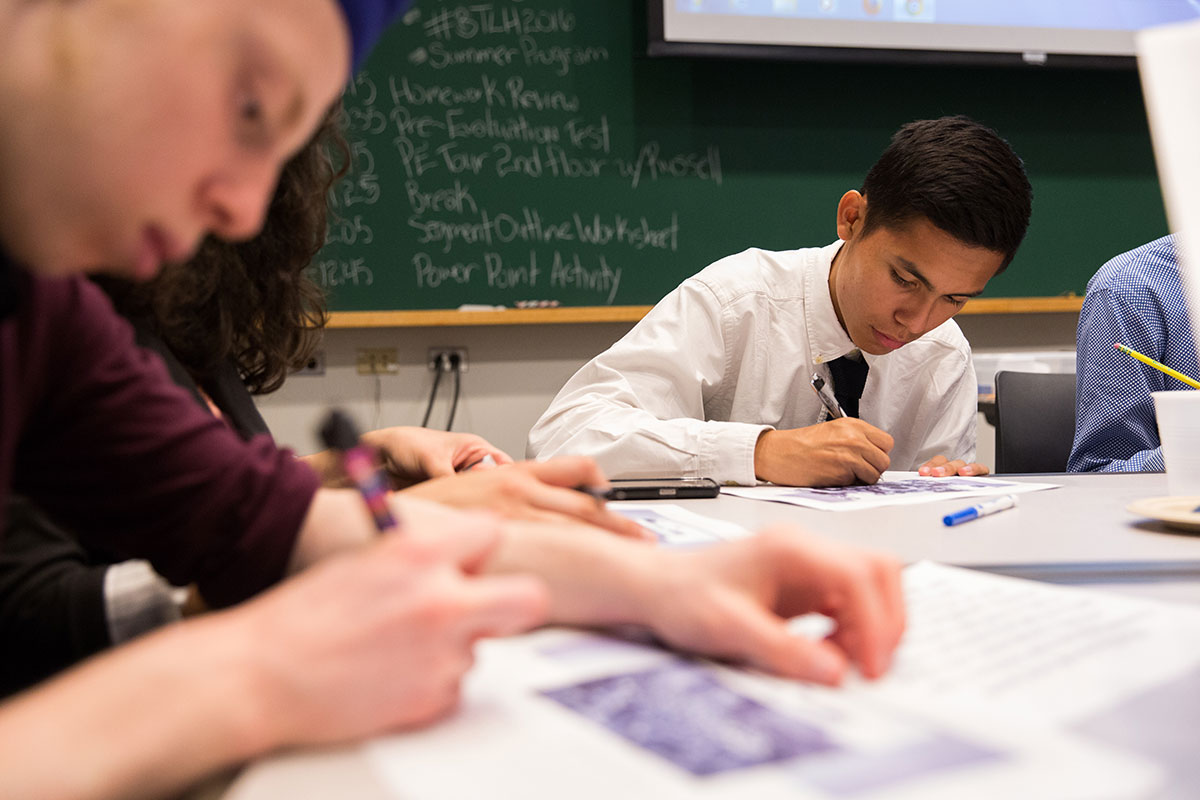
Start Where You Are: Teaching About the Holocaust
Video length: 5 minutes
Whether you’re new to teaching about the Holocaust or need a refresher, this is the place to learn about accessing the Museum’s lessons and resources for your classroom.
-
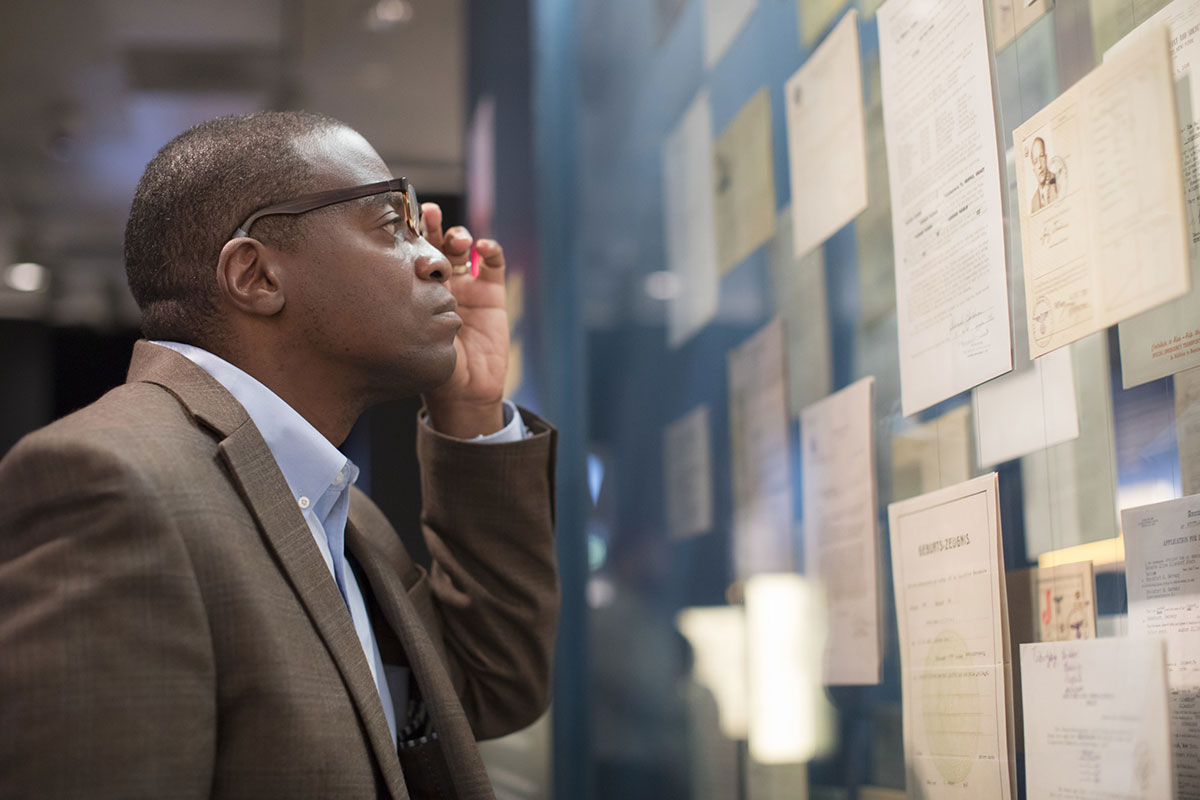
Guidelines for Teaching About the Holocaust
Video length: 18 minutes
This video presents the foundations of effective Holocaust education. It covers guidelines for teaching about the Holocaust, essential Museum resources for educators, appropriate pedagogy, and classroom strategies.
-
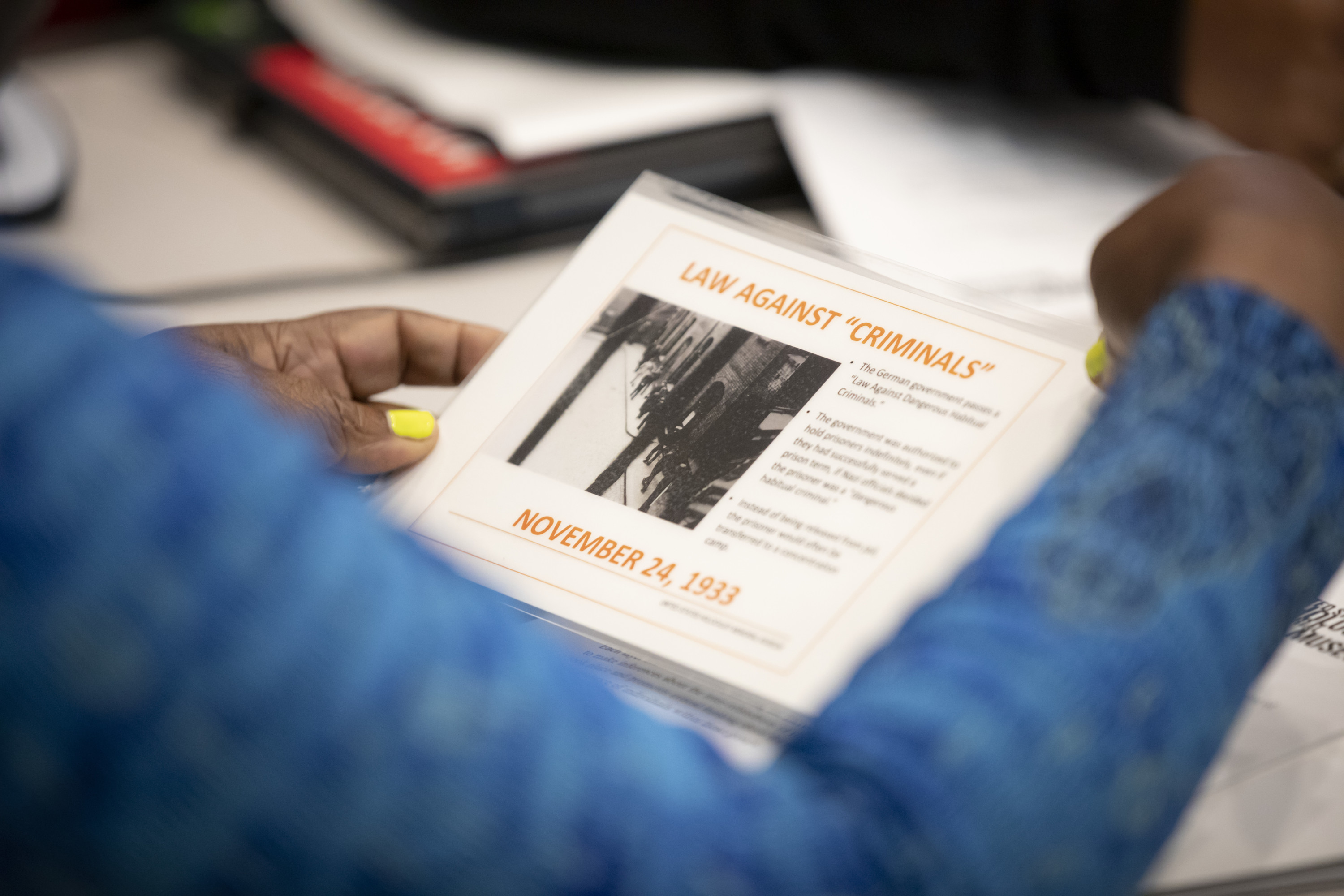
Timeline Lesson: Contextualizing Holocaust History
Video length: 19 minutes
Structured around a multi-layered wall timeline, the timeline activity encourages critical thinking about the relationship between Nazi policy, World War II, historical events, and individual experiences during the Holocaust.
-

Why the Jews: Nazi Racial Antisemitism
Video length: 11 minutes
Antisemitism is the prejudice against or hatred of Jews. By incorporating the long history of antisemitism into your study of the Holocaust, students learn the Holocaust didn’t occur within a vacuum but it was the culmination of centuries of anti-Jewish actions and prejudices. Learning about antisemitism helps students recognize that European Jews in the 1930s and 1940s did not do anything to deserve being targeted and also helps students identify and reject antisemitic stereotypes today.
-
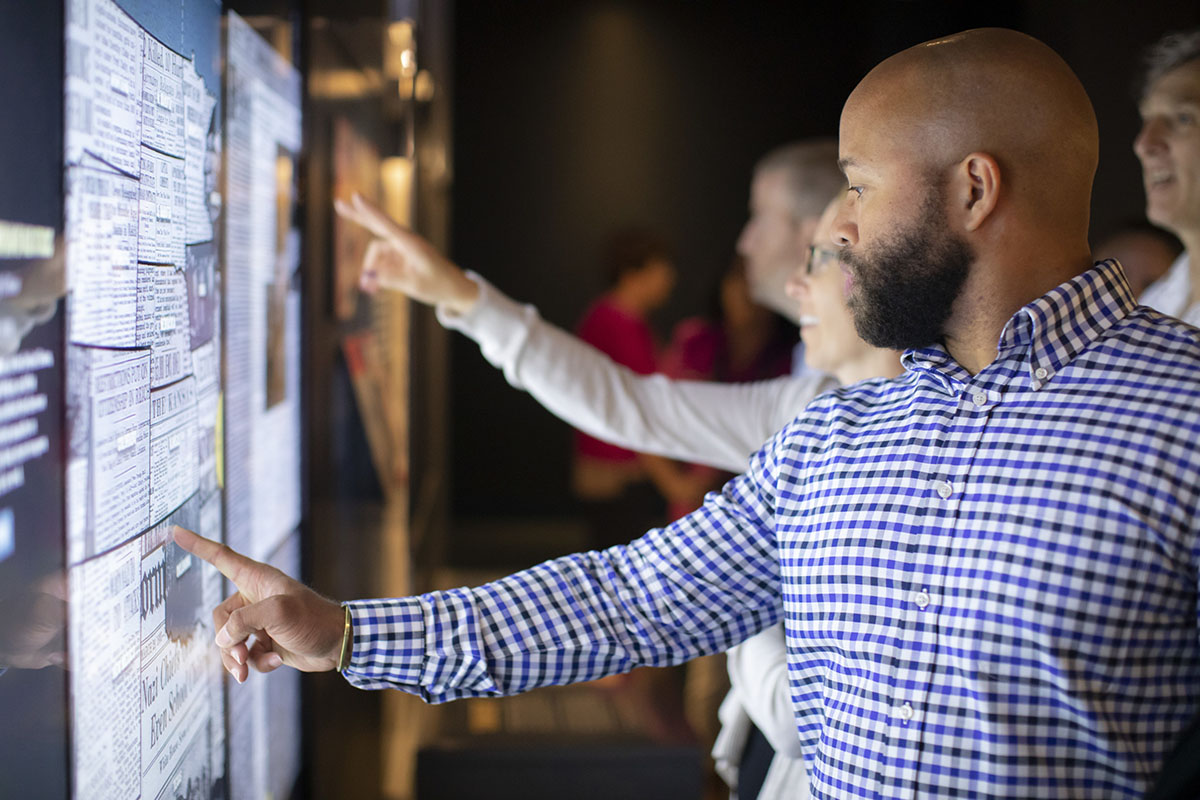
Historical Connections in the Classroom
Video length: 12 minutes
Society and culture, including social media, impact student perceptions of the Holocaust and current events. This video covers how teachers can help students make appropriate connections to the past.
-
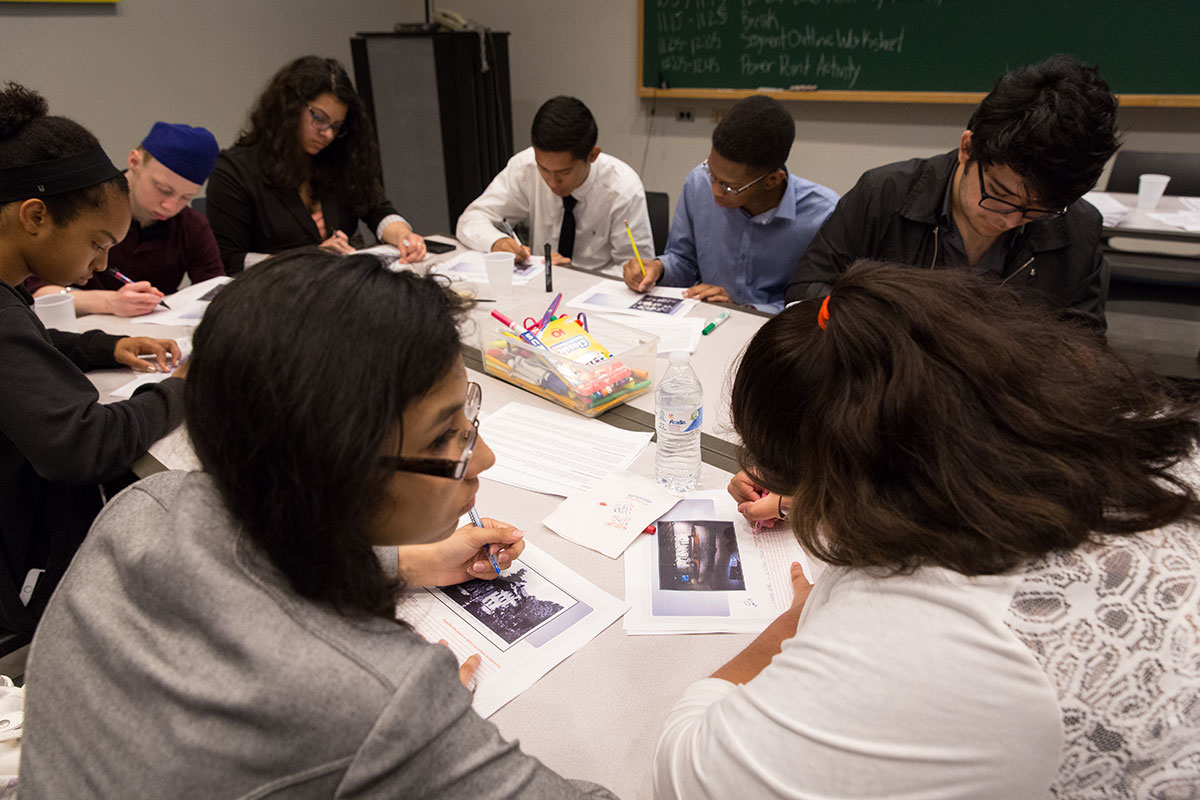
Reaching All Students: Learning Modifications for Museum Resources
Video length: 7 minutes
Educators want all of their students to succeed. The Museum works with teachers, students, and special education experts to ensure lessons and resources have accommodations and modifications, removing barriers to learning and providing inclusion for all students.
-
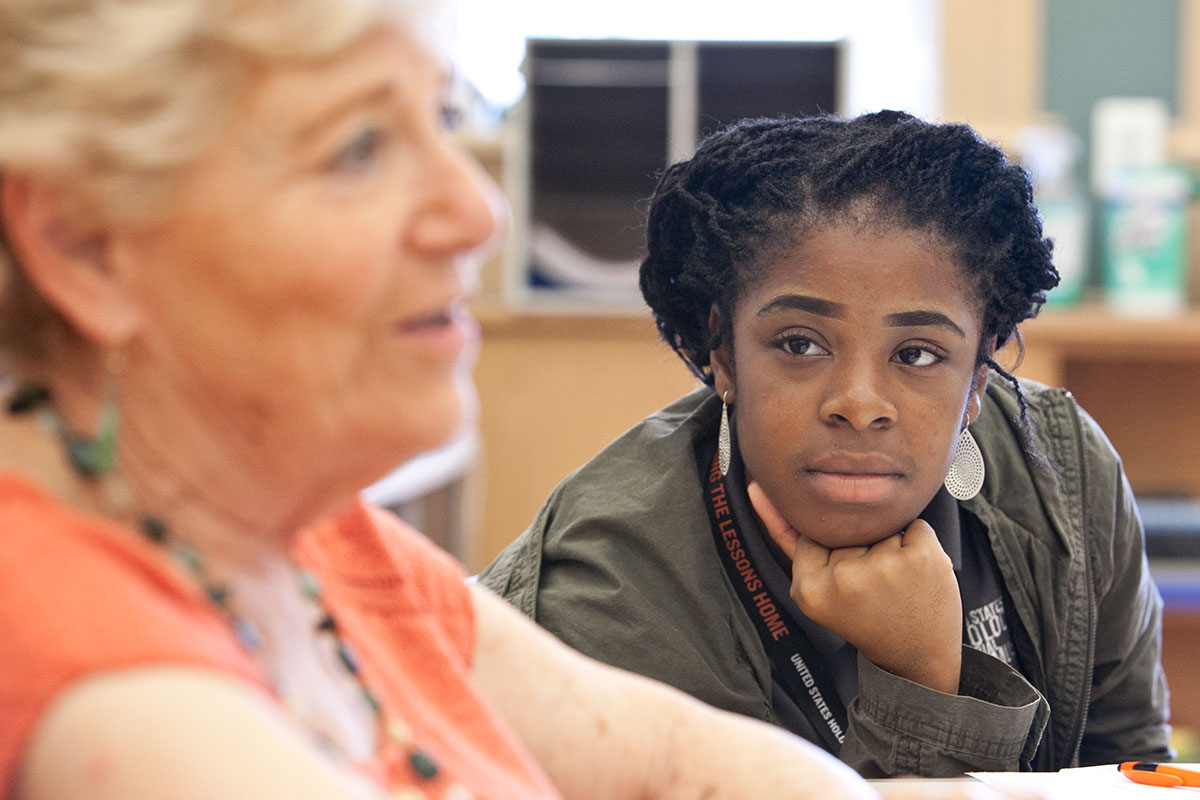
Teaching with Survivor Testimony
Video length: 13 minutes
One of the most powerful ways of remembering the Holocaust and honoring its victims is to bring the voices of survivors to your students. These voices are important to fulfilling one of the Museum’s guidelines for teaching about the Holocaust–translating statistics into people. By incorporating survivor testimony in your classroom, students become witnesses and honor both the memory of survivors and victims of the Holocaust.
-
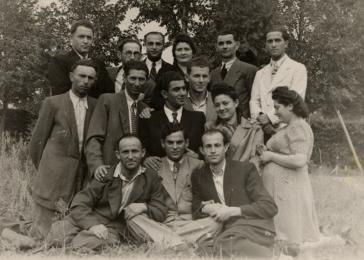
Trauma and Resilience: Postwar Survivor Testimony
Video length: 19 minutes
Each person who lived during the Holocaust had a unique experience and the context they were in mattered. There is no “one” Holocaust story, but millions of unique experiences. Learning about these experiences helps us understand the complexity of the Holocaust and the impact that war and the Holocaust had on so many lives. This video can be used in a classroom with students.
-
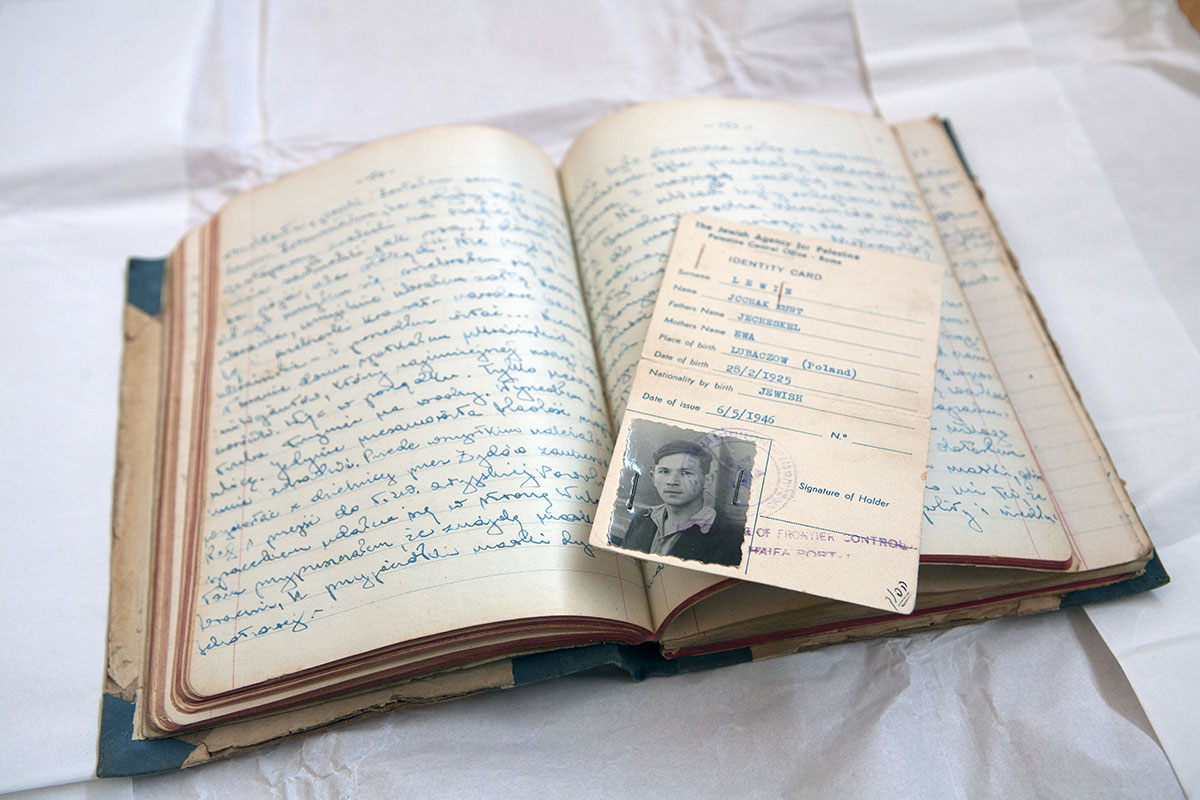
Teaching About the Holocaust in the English Classroom
Video length: 10 minutes
The Holocaust is taught in English classrooms with as much, if not more, frequency than history classrooms, presenting a unique opportunity for English educators to balance best practices in English instruction with historical accuracy and context, which is critical for understanding the Holocaust.
-
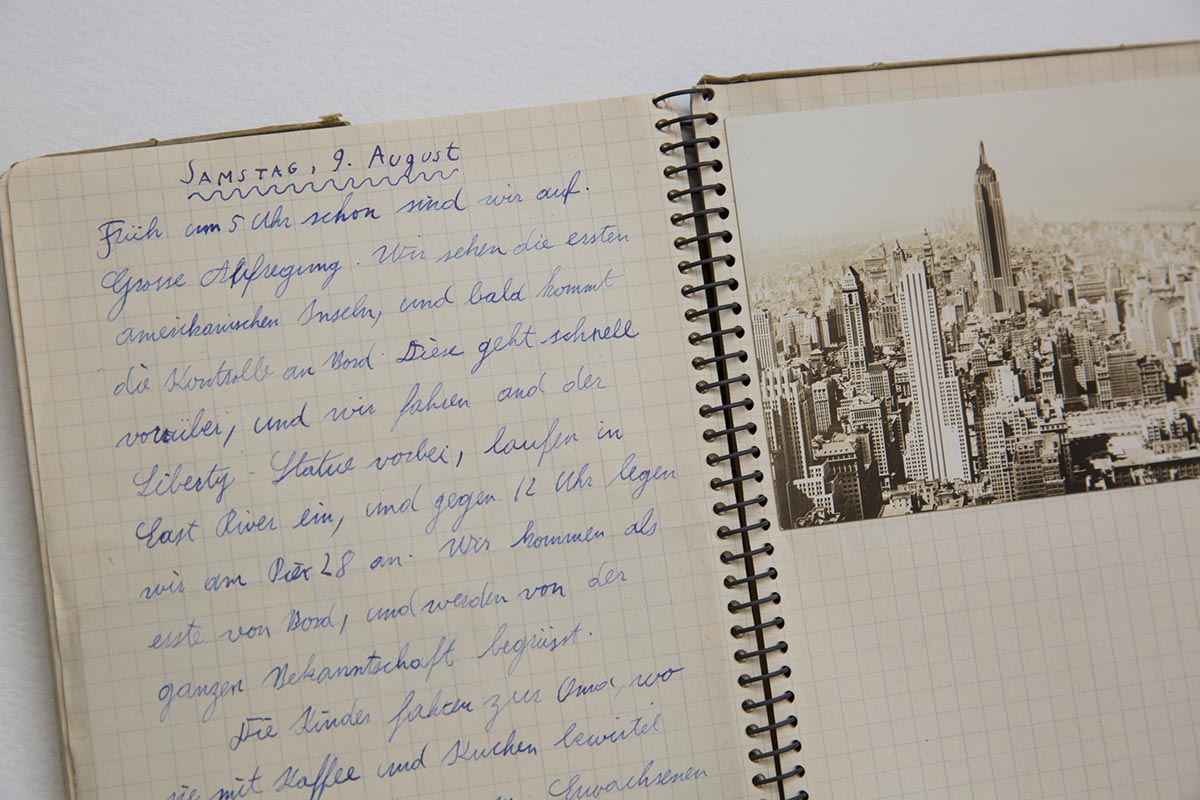
Diaries and Memoirs in Historical Context: Night and Anne Frank Timeline Extension Lessons
Video length: 11 minutes
This video presents two timeline extension lessons that place classic Holocaust literature in historical context: Elie Wiesel’s memoir, Night, and Anne Frank’s diary. The lessons promote understanding of how the Holocaust and World War II affected the lives of the Wiesel and Frank families.
-
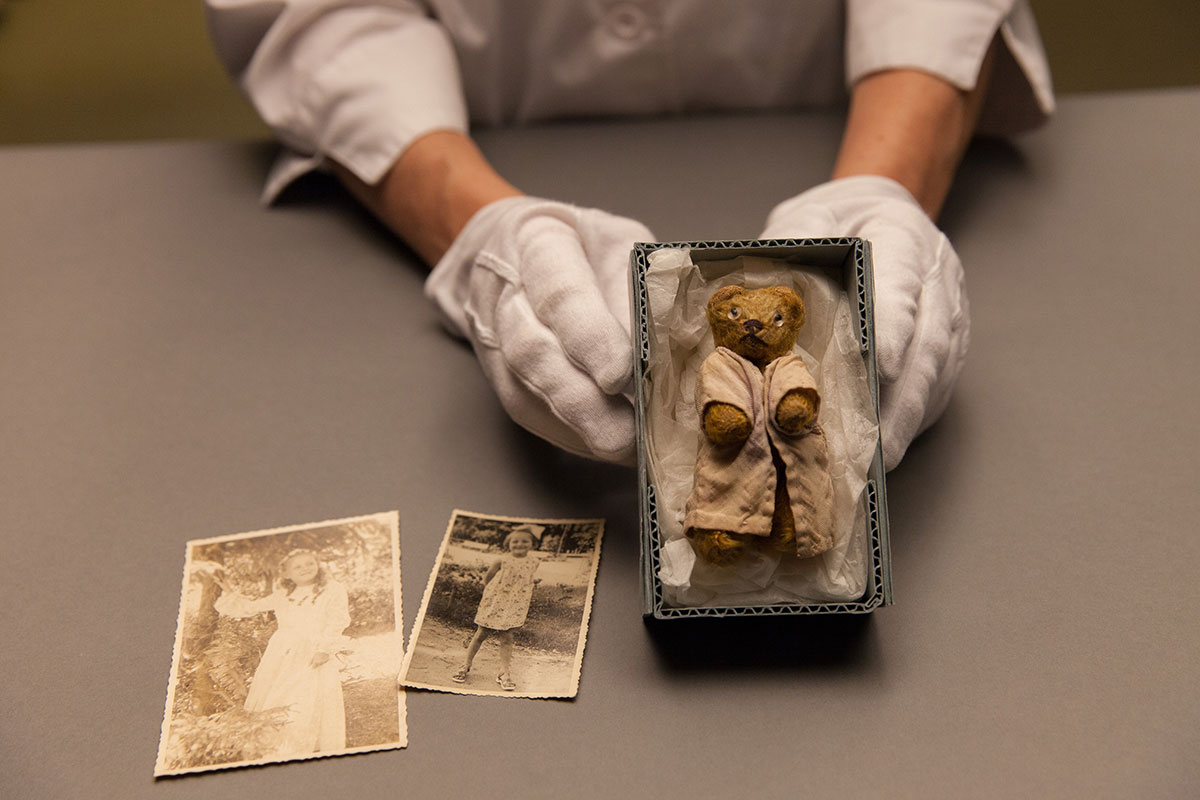
Teaching with Primary Sources
Video length: 13 minutes
Items that belonged to those victims and survivors—as well as other materials that relate to their stories, experiences, and histories form the heart of the Museum’s collections. This comprehensive collection contains millions of artifacts including documents, photos and films, art and music, personal effects, and testimonies. Primary sources anchor Museum classroom resources.
-
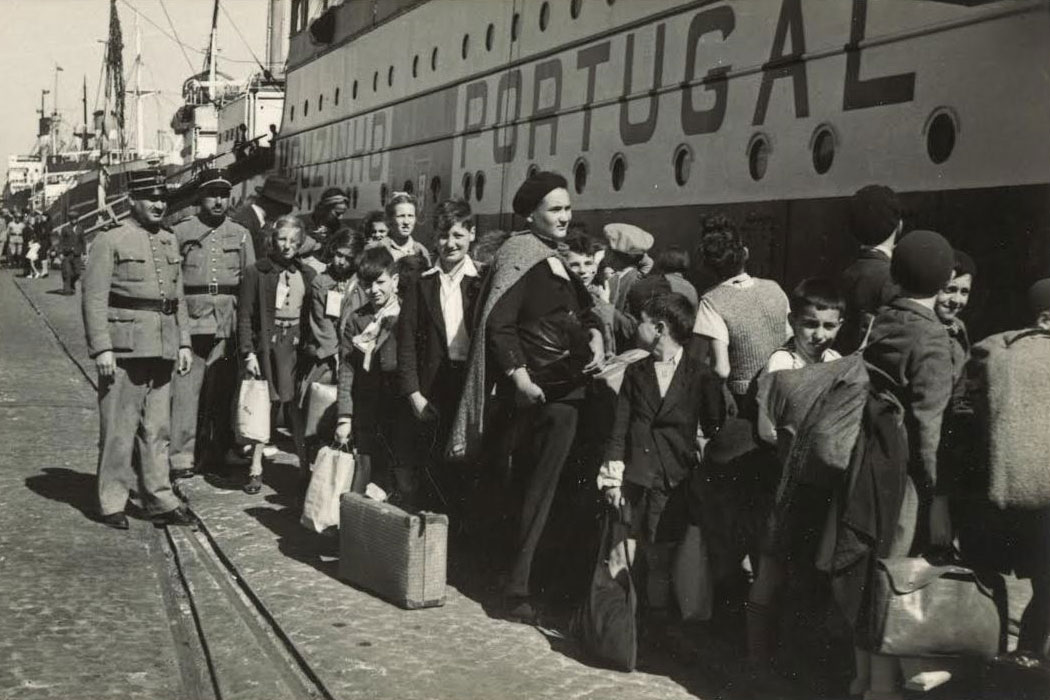
Why Didn’t They Just Leave: Challenges of Escape
Video length: 12 minutes
During the 1930s, hundreds of thousands of Jewish refugees tried to escape Europe and immigrate to the United States, but not everyone was successful. As the German government started to restrict the ability of Jews to earn a living, to own property, and to go to school it became difficult to leave, and challenging to find a country willing to accept them. This video can be used in a classroom with students.
-
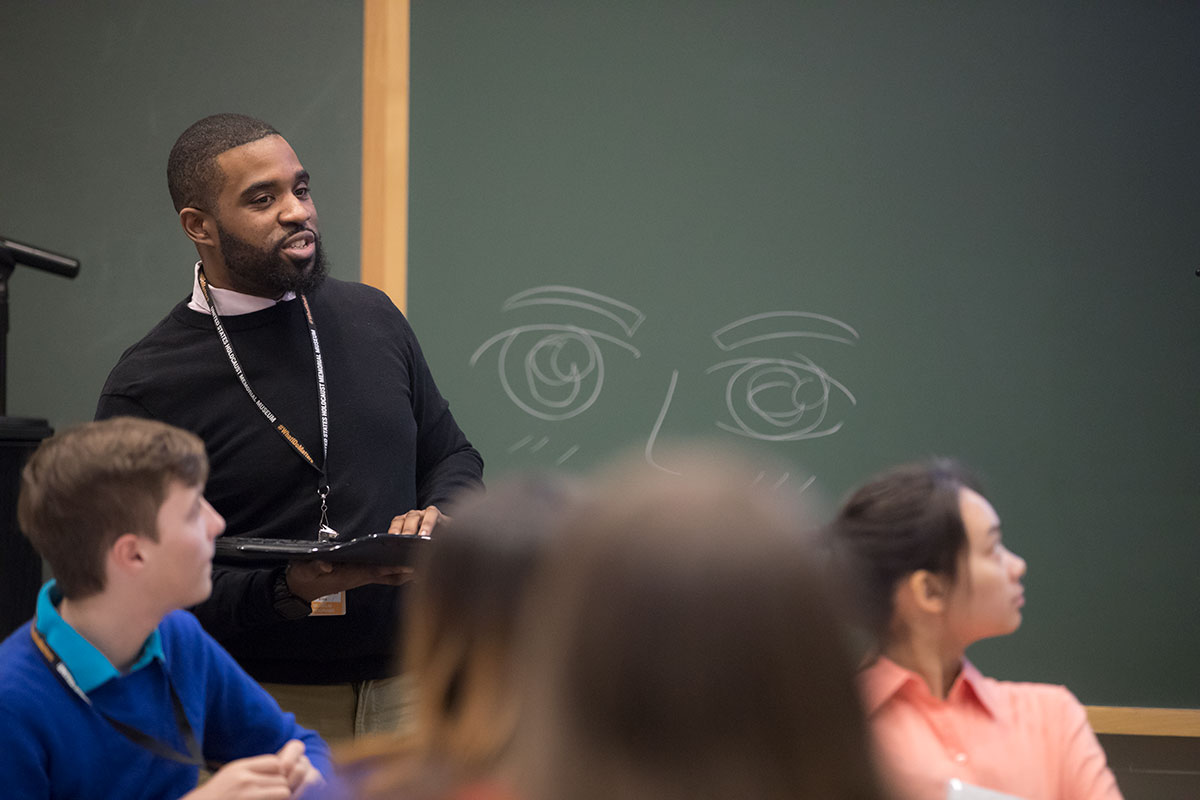
Americans’ Responses to the Holocaust: Classroom Resources
Video length: 9 minutes
How did the United States government and American people respond to Nazism? This video summarizes how to bring the Americans and the Holocaust exhibition into the classroom.
-
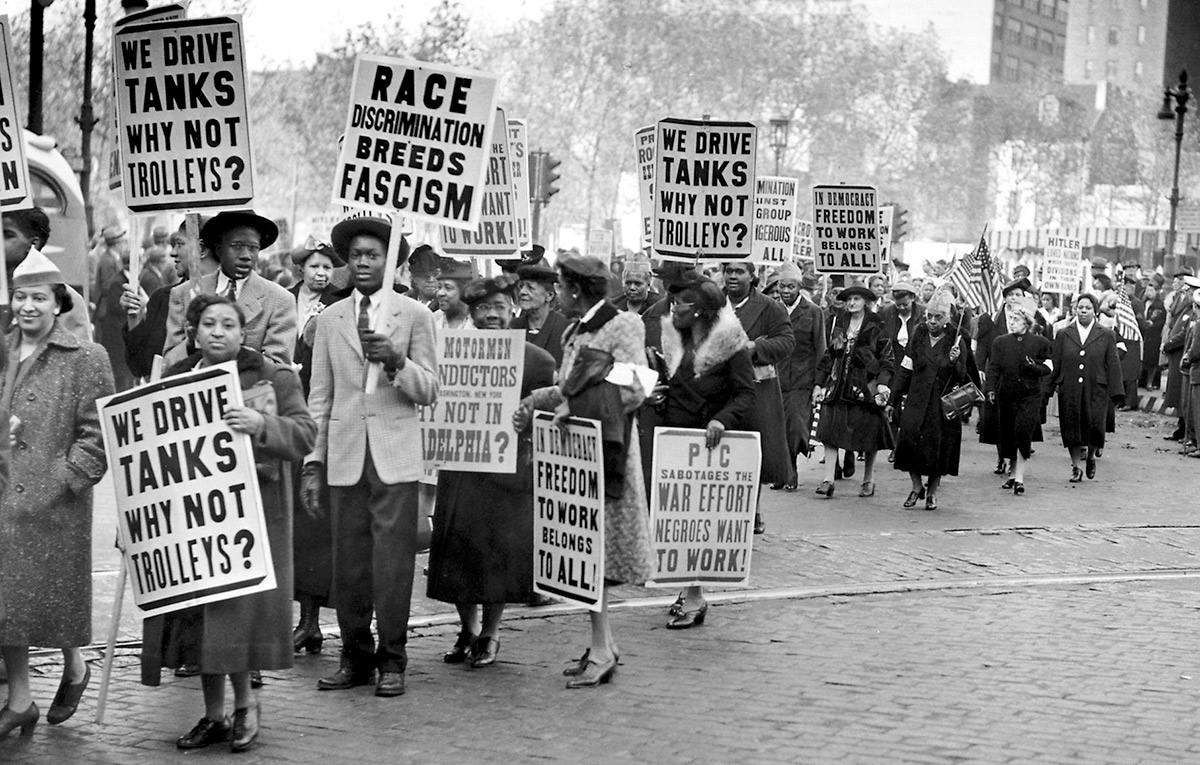
Teaching About Racial Science in the US and Nazi Germany
Video length: 15 minutes
This timeline extension lesson is a case study examining Nazi Germany and the United States during the 1930s, a time when racism and eugenics were enshrined in law and practice.
-
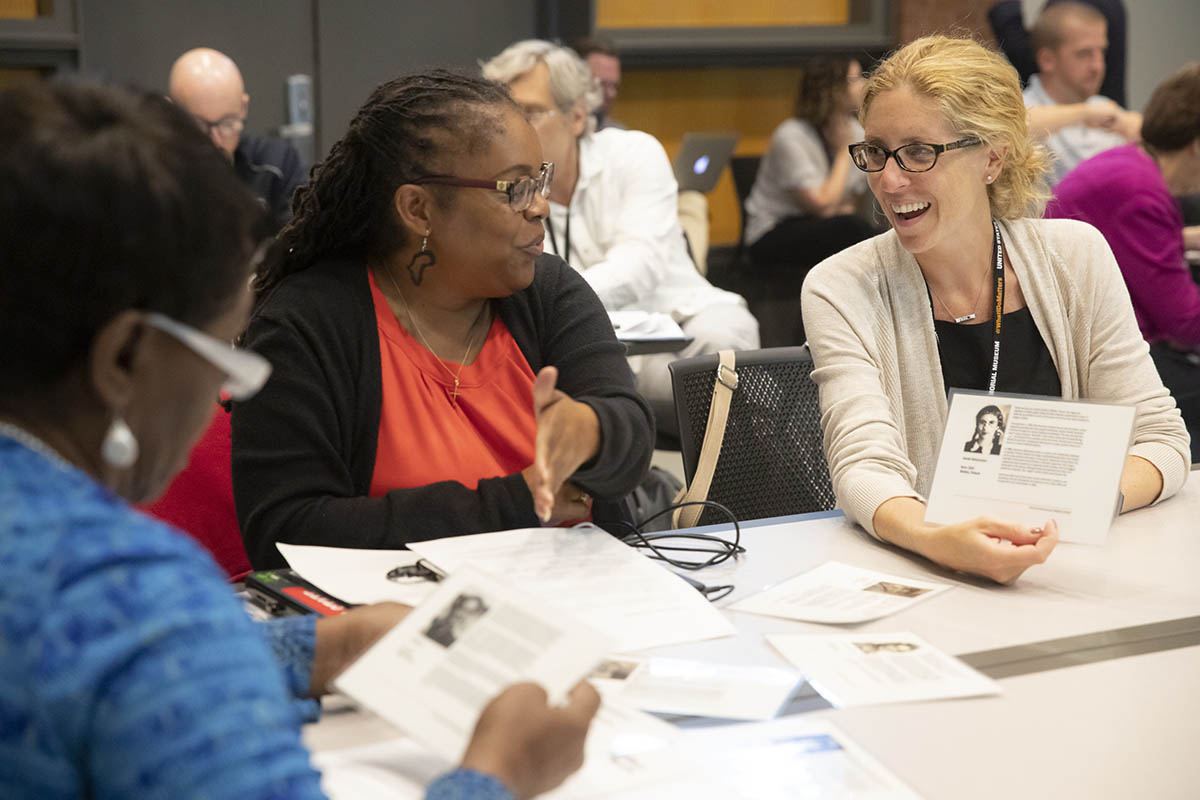
Holocaust Education and Curriculum Requirements
Video length: 19 minutes
Teaching about the Holocaust can be integrated into a variety of courses, rather than being viewed as an “add on” to the regular curriculum or as a unit in isolation. This video explores the opportunities that teaching about the Holocaust provides for teachers to meet standards requirements and curricular needs.
-
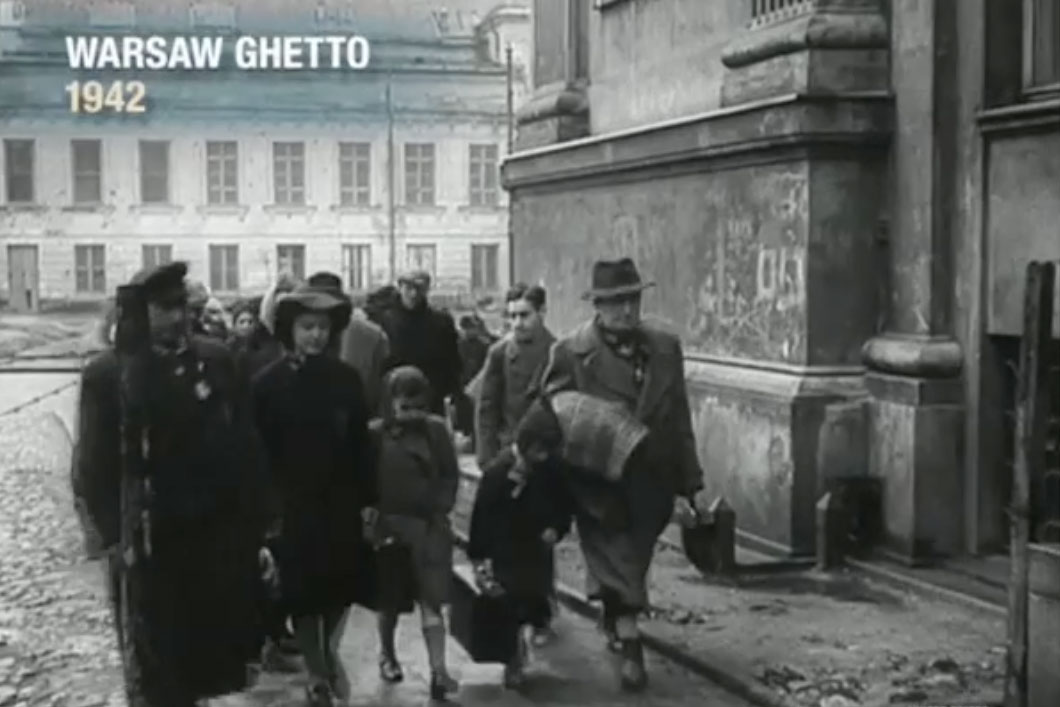
The Path to Nazi Genocide: A Foundational Resource
Video length: 12 minutes
This video includes a discussion of the 38-minute film The Path to Nazi Genocide. The film provides a concise overview of the Holocaust and those involved. It is intended to provoke reflection and discussion about the role of ordinary people, institutions, and nations between 1918 and 1945.
-
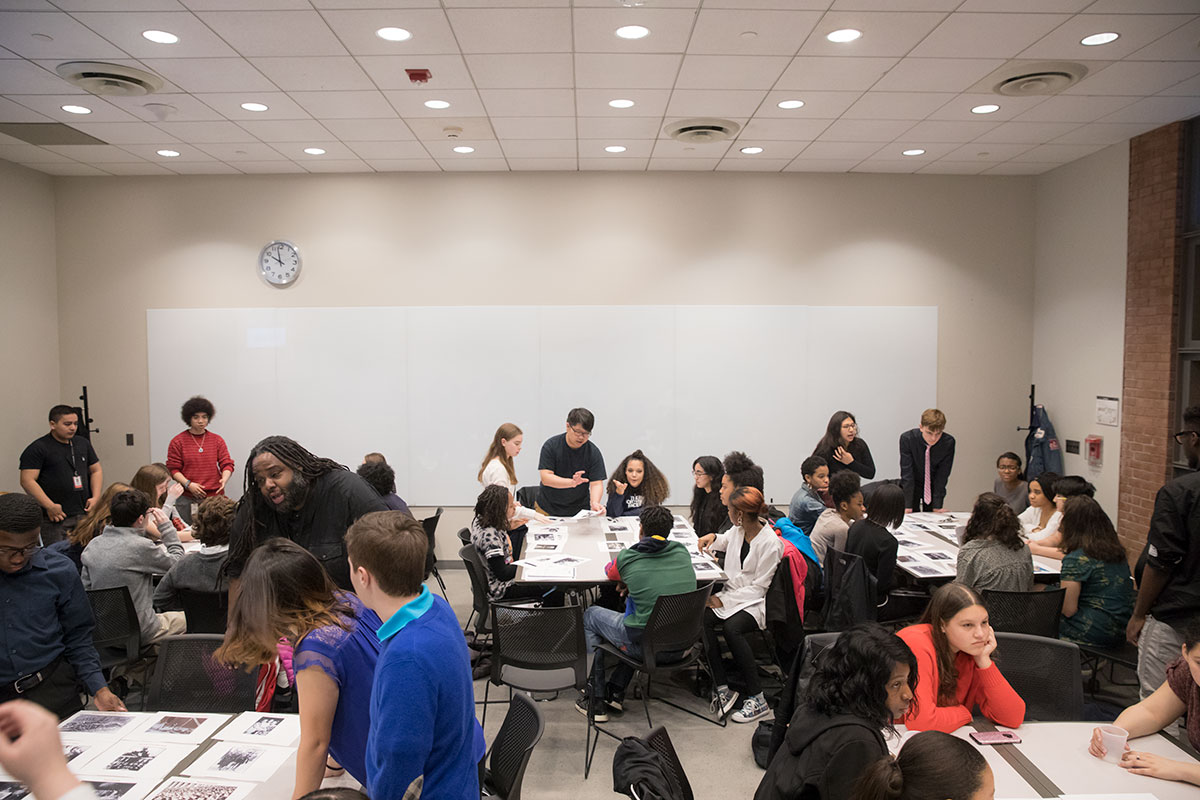
Classroom-Ready Lessons
Video length: 9 minutes
The Museum website features classroom-ready lessons designed especially for educators. This video highlights key resources, including a bibliography, lessons created for distance learning, foundational lessons, a one-day lesson introduction to the Holocaust, and a multi-day overview lesson.
-
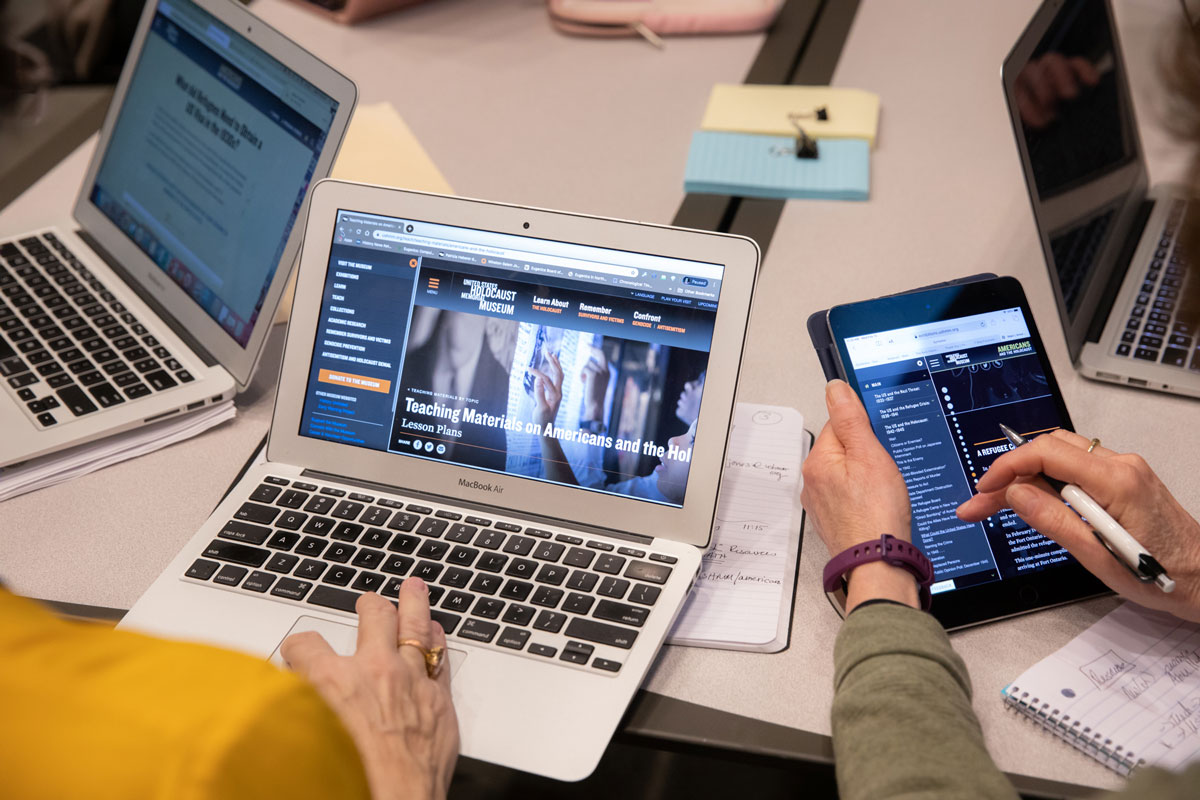
Digital Tools for Today’s Classroom
Video length: 15 minutes
This video presents the Museum’s digital learning tools, including the online Holocaust Encyclopedia and Curator’s Corner.

